Consistently high quality is a basic expectation of customers when it comes to chocolate or confectionery products. To ensure this, quality control must meet a number of requirements. One of the most important tasks is to detect foreign bodies and impurities and subsequently eject the contaminated products. Failures in this process can quickly lead to dissatisfied customers, expensive product recalls and a damaged reputation.
The fifth complaint this year! Ms Miller from quality control is very unhappy. Once again, a customer has found a foreign particle in his chocolate – this time a small fly in a whole milk bar. In the previous months, customers have complained about tiny plastic crumbs in white chocolate, a moth in dark chocolate, and a small spider in a bar of dark chocolate. It’s a disaster. Fortunately, no customers have yet posted pictures of spoiled chocolate on social media platforms, as it has happened to a competitor.
Ms Miller is determined to do something about it. The hygiene measures in place are flawless; she can’t address that point. She needs to find a way to check each bar for contamination before packaging. Hiring employees to carefully inspect each product to detect even the tiniest particles is far too expensive and fraught with human error – a different solution is definitely needed. Ms Miller searches online for a suitable technological solution. And she is successful: Strelen Control Systems GmbH in Germany has developed such a system, which can be quickly and easily integrated into existing production lines.
Strelen uses cameras instead of inspecting employees and relies on digital image processing to detect and directly eject contaminated products. Depending on the bandwidth, one or more inline cameras record the passing chocolate bars, and the image processing software evaluates the shots in real time.
Even black insects in dark chocolate or light grey plastic particles in white chocolate can be reliably detected due to the differences in contrast and/or brightness values. Since colour cameras are used, splitting the images into different colour channels also makes it possible to detect coloured particles in the chocolate that might remain hidden with a pure grayscale camera.
If the image processing software detects deviating colour particles, it sends a signal, and the corresponding bars are automatically rejected. Contaminants with a size of approximately 1 mm² and larger can be detected. Theoretically, even smaller particles could be detected, but then the risk of false positives is too big: Even the tiniest air bubble could then lead to rejection, and thus, too many bars would be discarded.
Ms Miller is delighted by this solution. It performs the tests quickly, efficiently and reliably, it can be implemented easily without having to change the setup of the production line, and it meets all the special requirements of the food industry. The accompanying software is well-structured and easy to use thanks to a clear user interface. The technical and commercial departments are easily convinced by these aspects, and the installation of the system is commissioned.
The construction and setup of the system work smoothly, and the employees are quickly familiar with the new software. Ms Miller is pleased that the new system has been so well received. After a few months of operation, everyone can take stock with satisfaction: Not a single complaint has been received during this time. If there are any impurities, the chocolate bars concerned are reliably sorted out, and pseudo defects occur only very rarely – a benefit for the entire production.
Strelen also offers other solutions based on colour image processing for detecting and sorting out contaminants in food. For example, packaging films can be inspected for minute foreign particles during the unwinding process. A line-scan camera records image lines at a time at a rapid frequency. These are then linked together to create a two-dimensional image via the movement of the film under the camera. In this way, high-resolution images of the film surface are produced. Using suitable illumination, contaminants – for example, tiny insects or very small fragments of dirt particles - become visible.
Another major problem is posed by impurities that cannot be distinguished from the product in terms of colour – for example, almonds and their shells. Here, normal colour cameras reach their limits. Thus, a hyperspectral camera is used for detection, which recognizes the individual spectra of IO and NIO components. The image processing software then controls a sophisticated system of blow-out nozzles so that the NIO parts are discharged from the conveyor belt with pinpoint accuracy.






